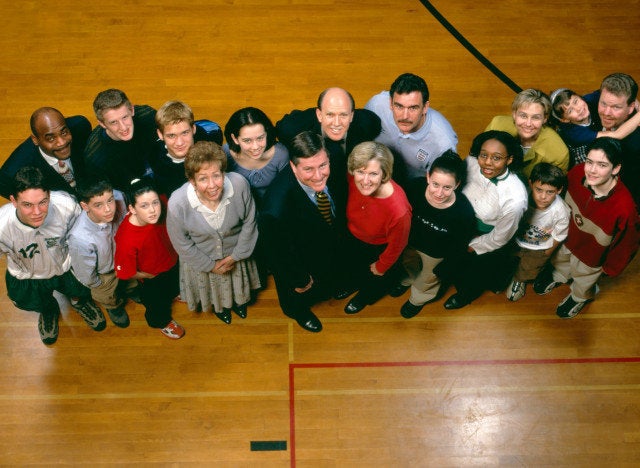
Over the past 20 years, the teaching force has become larger, grayer, greener, more female, more diverse and less stable, according to a study published by Richard Ingersoll and Lisa Merrill of the Consortium for Policy Research in Education. The report identifies seven major trends and changes shaping the teaching profession in the United States.
Their “exploratory research project” relied on data from six cycles of the Schools and Staffing Survey and the Teacher Follow-Up Survey, which were both collected by the National Center for Education Statistics of the U.S. Department of Education between 1987 and 2008. In each cycle, NCES administers questionnaires to a nationally representative sample of about 50,000 teachers, 11,000 school-level administrators and 5,000 district-level officials.
According to the Census Bureau, PreK-12 teachers represent the largest occupational group in the nation, and the profession is becoming even larger. In recent years, the hiring of teachers has far outpaced student enrollment; from 1987-2008, total K-12 student enrollment in U.S. schools — including public, private and charter schools combined — increased 19 percent. By comparison, the teaching force rose by 48 percent over that same period.
Since 1950, America’s public schools in particular have seen a 96-percent increase in students that has been accompanied by a 252-percent rise in teaching staff.
While it is unclear why the teaching profession has become increasingly more female in recent decades, the authors point out that the change in the male-to-female ratio in teaching is not the result of a decline in males entering the occupation. The number of males entering the profession has also climbed — by 26 percent — which is also faster than the rate of increase of the student population. But the number of females in teaching has increased at over twice that rate, according to the report.
If the trend continues, the researchers find that very soon 8 out of every 10 teachers in the country will be female. Furthermore, an increasing percentage of elementary schools will boast no male teachers, and an increasing number of students may encounter few — if any — male teachers during their elementary or secondary school tenure.
“Given the importance of teachers as role models, and even as surrogate parents for some students, certainly some will see this trend as a problem and a policy concern,” the authors write.
And while there continues to be a gap between the percentage of minority students and the percentage of minority teachers in the U.S. school system, the authors’ data show that this gap is not due to a failure to recruit minority teachers, and is actually indicative of an increasingly diverse teacher workforce.
In addition, the report found that minority teachers are 2-3 times more likely than white teachers to work in hard-to-staff public schools, such as those that serve high-poverty, high-minority and urban communities. And although minorities have entered the teaching profession at higher rates than whites in recent decades, the data also show that the rates at which minority teachers leave schools is considerably higher than that of white teachers, and has also been increasing.
Another trend the authors identified is that teachers’ academic ability has remained relatively consistent. In their own analyses of national data from NCES’ Baccalaureate and Beyond Survey for the undergraduate college class of 1999-2000, the authors found that those who majored in Education and went into teaching tended to have among the lowest average SAT scores. On that note, within most fields and majors they found that those students who became teachers had lower SAT scores than those in the same field/major who did not go into teaching.
Since the notion of measuring academic ability solely on the basis of standardized test scores has been a source of controversy over the years, the authors also examined these trends using another measure: the selectivity or competitiveness of one’s undergraduate institution. Specifically, they used Barrons’ six-category ranking of colleges and universities: most competitive, highly competitive, very competitive, competitive, less competitive and not competitive.
Regarding stability, the authors found teacher turnover to be on par with that of police officers, and less than child care workers, secretaries and paralegals. The profession does have higher turnover than nursing, and far higher turnover than “traditional respected professions,” like law, engineering, architecture and academia.
Check out the slideshow below for more of the report’s findings.
